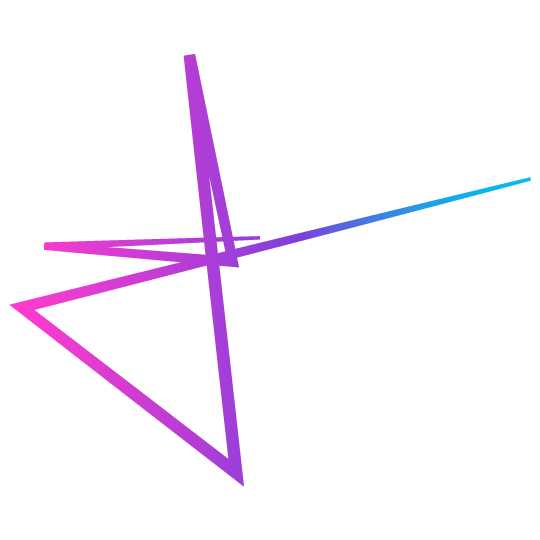Have you ever faced all the changes you wanted to make, but it was too much, so overwhelming, it discouraged you from even starting? You didn’t know where or how to begin, to get from point A to point Z was so daunting, the challenge was too much to take on and overcome.
It’s usually because we expect change to be dramatic and significant. We want to see big returns for our effort. After all, what good is change if we can’t see it? So we use the mindset of pushing “beyond” ourselves to achieve the maximum amount of change in the shortest amount of time. This mindset manifests ideas like extreme make-overs, “overnight” success, workout to failure, 80 hour work weeks, restrictions, limits, the grind, the hustle, overtime, maximum overwork… you get the idea.
Somewhere along the way, we’ve been convinced that this is our only method for change, improvement, growth. But I don’t think it is, at least, not in a way that’s sustainable. And if you’ve tried to make change this way, chances are you’ve experienced how unsustainable it was. Ending up in burnout, “failure” and left you more discouraged than before you started. Which puts you in deeper resistance to trying again – resulting in a looping battle of starting and stopping, discouragement and motivation.
The Art of Progression
The Art of Progression is a mastery, in short, a long-sustained series of sequential steps. The antithesis of rapid growth and “V-shaped” curves, although done the right way can resemble more long-term exponential growth. Progression is the long head, a series of incremental, progressive steps trending on a gradual incline.
I’m in search of a Scalable Sustainable System. What is true and will produce results, trend a progression whether the function is small, medium or large. A mindset and output that is sustainable over long periods of time, days, months, years, decades. A system of progressions, processes and decisions that is scalable and sustainable.
But at odds with this progression philosophy, is the need and expectation for instant, overnight, hyper-speed, viral results — leapfrogging to the front of the line.
We all know the story, THE TORTOISE AND THE HARE. “Slow and steady wins the race”. A common interpretation is exemplifying the Tortoise’s consistent and steady approach but most-likely, if we’re honest, nobody wants to be the Tortoise. The Tortoise is painfully slow and obliviously nonchalant. We want to see ourselves more as the Hare, talented, fast with the capacity and ability to “win”. The only reason he lost was because of his arrogance and not taking the race seriously or taking his talents for granted. We, of course, would avoid those obvious mistakes.
So then what should we take away from this fable? If we’re the Tortoise, we validate our mindset that “slow and steady wins the race.” Or if we’re the Hare, it’s a cautionary tale about arrogance and not taking the task at hand seriously or maybe not besting our talents.
I think the real-world application of this parable is that, the Hare could not sustain sprinting full-speed for the entire distance. That’s why he took a nap. The real detrimental factor was burnout, sprinting at an unsustainable pace. While the Tortoise’s endurance outlasts the Hare, because it’s never redlining its exertion and output.
While the Tortoise champions consistency and sustained endurance. The Hare exemplifies a talent and gift of speed for the specific competition — the race. But what if we can combine both approaches, both mindsets?
The Art of Progression is building toward a sustainable endurance at a sprinter’s pace. The most optimized method, I’ve found, of maximizing the progression of our strengths, talent and ability. How? I’ll explain further by going into these concepts in the following posts.
- The Art of Progression
- 80% Rule
- Snowballing Streaks
- Smart Stacking
- Success Reframe
- Strategies for Success
- The Benefits
